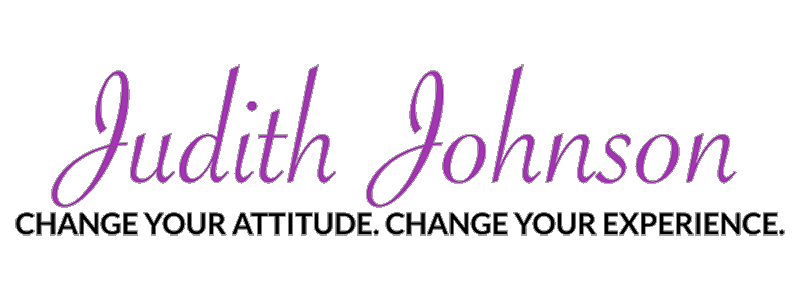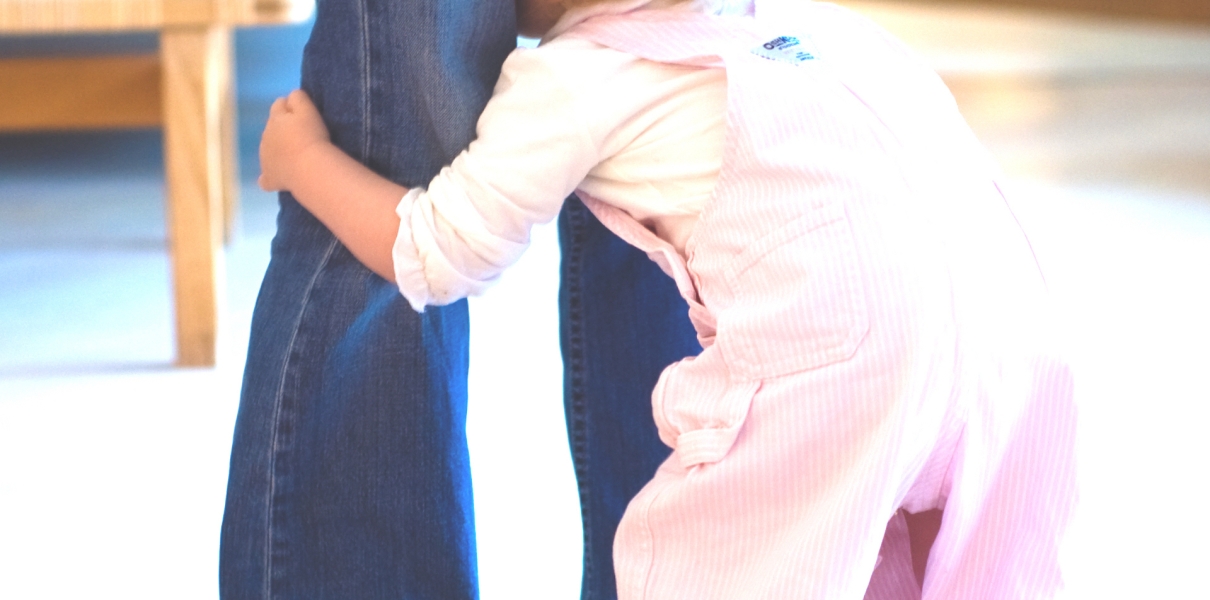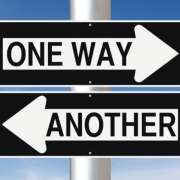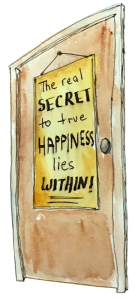I’ve never met a woman who didn’t doubt herself in some way. Our doubts and fears can either paralyze us or we can learn to hold steady in their presence, assess their content, diminish their power and move forward in spite of them. It all boils down to how much power we give our doubts and fears.
It helps to know what doubts and fears are and that they really have a positive side to them. Imagine being a little girl who is just learning to walk and those moments when you maybe took a few steps farther away from your mom than you were comfortable with and ran back and threw your arms around her thigh. Safety! That’s the feeling of our comfort zone. It’s largely an unconscious pull to stay where we feel safe and able to manage the options of what is familiar. But, stepping outside into the unknown territory of what might happen if you move too far away from the familiar can be disorienting, unsettling and scary. Crossing that line is when doubts and fears can either send you running for the safety of the familiar or present you with the opportunity to expand your comfort zone.
Think of doubts and fears as simply red flags that alert you to the fact that you are entering your uncomfortable zone. “Get back! Get back!” they scream. Imagine that instead of impulsively running back to safety you simply said, “Oh, thank you. It’s OK. I’ll take a look and decide what to do.” What if you developed sufficient confidence and trust in your own ability to effectively evaluate whatever possible challenge comes your way and no longer felt the need to run for safety? What if you began to feel safe even in the presence of doubts and fears?
Consider the fact that doubts and fears are nothing but figments of your own imagination. They are the creation of thoughts and pictures in your mind that represent what you are most afraid will happen if you don’t run back to safety. Perhaps you have heard the acronyms for the word Fear:
Fantasy Expectations Appearing Real
False Evidence Appearing Real
The sense of reality that fears carry is solely fueled by emotional investment in these possibilities. Indeed, we can talk ourselves into or out of just about anything.
Most of us have autopilot responses to our fears – a set point of how much uncertainty and fearful possibilities we can tolerate. But guess what? You can change the setting! Just start creating and investing in some positive figments of your imagination and start investing in them emotionally. Dialogue with your fears.
There is also the fine art of pretending to not be afraid – feeling the fear and doing whatever it is you are afraid of anyway. That’s something I learned to do as a young child as the youngest of three siblings. My mother used to tell stories of how she would take us to the doctors to get a shot and the other two would run and hide from the doctor and I would step forward in front of him, puff out my chest, put my hands on my hips and declare, “I’m not afraid!” But the truth was I was just as fearful as they were – it was my way of pretending to be more grown up than I was in hopes that they would accept and include me more.
Other great techniques to stabilize yourself in the presence of fear include such things as breathing into the fear, acknowledging the fear and consciously choosing to override it by creating more favorable imaginings and choosing to maintain your sense of well-being in the presence of doubts and fears. Remember, fears and doubts are just doing their job to help you feel safe inside so they throw up scary images whenever you are overstepping your comfort zone. But here’s the deal – we never know until we try. Look at your life and ask yourself are there things I really want to experience that I am forfeiting for the sake of feeling comfortable? What do I need to do to reassure myself when I get afraid or start second-guessing myself? It’s your choice – keep running for safety or explore and expand and find out what you are capable of doing, having and being. Playing it safe costs you a world of possibilities.








